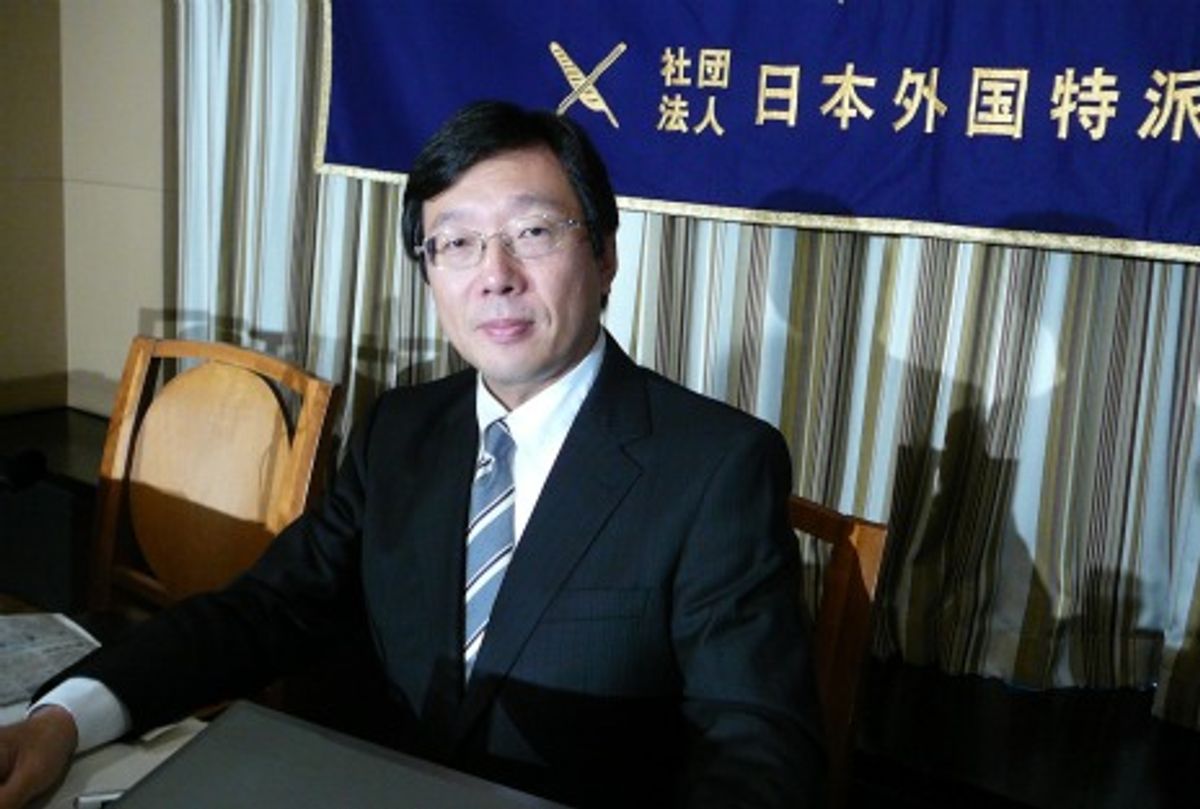Editor's Note: John Boyd is an IEEE Spectrum contributor reporting from Kawasaki, Japan. This is part of IEEE Spectrum's ongoing coverage of Japan's earthquake and nuclear emergency. For more details on how Fukushima Dai-1's nuclear reactors work and what has gone wrong so far, see our explainer and our timeline.
It was three weeks into the Fukushima Dai-1 nuclear plant crisis before press reports surfaced on the hardships Tokyo Electric Power Co. (TEPCO) workers were enduring, both inside the plant and during rest periods.
At the plant, the workers were contending with melted nuclear fuel rods, hydrogen explosions, dangerously high levels of radiation, and radioactive water leaks. And these crucial, front-line workers were living in make-shift arrangements and were operating on little food and sleep. They worked literally day and night to bring some sort of stability to the crippled reactors.
Now, almost three months since the earthquake and tsunami struck on 11 March, living conditions have improved somewhat. But many workers now face the risk of chronic stress-related illnesses, as well as depression from overwork, said a doctor who has examined a number of TEPCO workers.
Takeshi Tanigawa, a professor specializing in public health and sleep disorders at Ehime University in Shikoku, spoke to the foreign press on Wednesday. Tanigawa said some of the TEPCO workers he has examined are experiencing chronic stress arising from four major sources: the dangerous work they are undertaking; the death of family members and friends as well as the loss of property from the earthquake and tsunami; the impact the nuclear accident is having on society; and the deaths of thousands of people in the region where they live and work. They also have to cope with the isolation of being apart from their families and, as TEPCO workers, the criticism of an angry public over the disruptions caused by the nuclear accident.
In his role as an industrial physician, Tanigawa has been visiting both the Fukushima Dai-1 and Dai-2 nuclear plants on a regular bases since 1991 to counsel plant workers on health matters. Some workers were already suffering from hypertension and sleep apnea before the 11 March disaster due to the stress of shift work. But what Tanigawa heard and saw when he visited the workers from 16 to 18 April shocked him.
The workers told him that for up to 10 days following the earthquake, they had no access to showers or baths, said Tanigawa. The food was of low quality, and the workers were unable to return home or confirm the safety of their family members during that time.
Poor conditions: The gym where workers slept on the floor, as of May 9
Living conditions had hardly improved when he arrived mid-April. Showers were not available for the workers on four-day shifts inside the plant, and there was no personal bedding in the gymnasium used as a rest facility for workers' time off. “I thought there was a risk of infectious diseases due to these conditions,” said Tanigawa. “And they continued to work while suffering from sleep deprivation and fatigue, which could lead to the increase of accidents due to human error.”
Why did TEPCO allowed such conditions to prevail for so long? Tanigawa said one reason given was that TEPCO put the highest priority on assisting residents displaced by the nuclear accident. “Tokyo Electric was placed in a very difficult and sensitive situation,” said Tanigawa. “Due to the nuclear power plant crisis many people were forced to evacuate. So if Tokyo Electric were to give any priority to providing fresh food, bathing and temporary housing to its employees, they would (have been) exposed to criticism that they placed their workers’ interests ahead of the interest of the displaced evacuees.”
Tanigawa visited the plant again from 6 to 9 May. He and his colleagues had prepared a questionnaire, which has been distributed to 1,800 TEPCO workers working in the Fukushima Dai-1 and Dai-2 power plants to help identify symptoms of post-traumatic stress disorder. Medical check-ups will be provided based on the results of the questionnaire and interviews.
Since stressing the need for better living conditions, Tanigawa has seen the provision of individual beds and better food for workers, including the supply of fresh fruit and vegetables. After working in shifts of four days in the plant, workers have two days rest, which most spend in the gymnasium located near the Dai-2 nuclear plant, given that the vast majority of workers' homes are inside the evacuation zone around the Dai-1 nuclear plant, and are therefore off-limits.
While living conditions have improved, Tanigawa says that what the workers need now is psychological counseling. “Because chronic stress both at work and daily life will continue for a long period of time, mental health care to reduce future depression or death due to stress and fatigue should be provided,” he said.
PHOTOS: John Boyd, Takeshi Tanigawa






